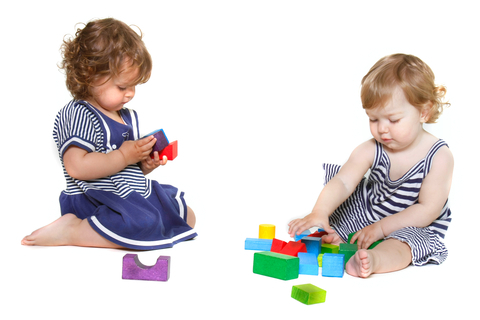Toys that Facilitate Language
Choosing Quality Toys that will Support your Child's Language GrowthAt Chicago Speech and Reading Center, parents often ask us to suggest toys and games that will help promote their child’s speech and language development. In today’s world, it can often be difficult to separate the good from the bad. You have come to the right place! We are here to help you choose quality toys for your child that will support his/her language growth. These suggestions for facilitating language will ensure your child is using these fabulous toys in appropriate and stimulating ways.
- Farm Set
This is a must in every toy room! Animal sounds are great for modeling early speech development for your little one (“e.g., “bah bah bah for the sheep and “moo moo moo” for the cow). Preschoolers can work on basic concepts using the animals and the barn by practicing following 1-step directions with prepositions and directional terms (e.g., “Put the dog in the barn” or “Put the cow under the bed”). You can also work on knowledge of concepts such as big/medium/small and colors with the animals.
- Mr. Potato Head
Mr. Potato Head is such a classic toy and is a favorite at CSRC. We use it on a daily basis to work on basic concepts, vocabulary and more! Have your child identify body parts and clothing items and work on positional words such as “on top, “on the side” and “in” by placing the clothes/parts on the potato. You can also work on knowledge of colors using the different pieces. In addition, teach your child to use language in order to get his/her needs met by targeting requests. Have your child ask for the different parts he/she needs (for example, “Can I have the blue hat?”) using appropriate language.
- Kitchen Set
There is so much language in cooking and eating, so buying your child a toy kitchen set is a great investment. You can target a variety of vocabulary words such as food items, parts of the kitchen (e.g., stove, fridge, oven) and tableware (e.g., fork, plate, pots, pans). You can also target a variety of verbs such as cook, eat and drink. Your child can practice following directions (e.g., “Put the pot on the stove), answering questions (e.g., “Where is the milk?”), and asking questions (e.g., “What would you like to eat?”). Work on the social language involved with eating by encouraging your child to use eye contact, share, and initiate/maintain conversation topics.
- Bubbles
Every child loves bubbles! Bubbles are great for working on intentional communication with your child. Because they are so engaging, kids will always want more! As a result, it’s a great way to teach him/her to request and ask for more intentionally. In the beginning, you can model the appropriate language in a variety of different ways (e.g., “more,” “I want more,” “more bubbles please,” or “I want bubbles”). Later, look for your child to ask for more on his/her own whether it’s a full sentence, phrase, single word, a gesture or even a word approximation (e.g., “mo”). Teach him/her new vocabulary words and concepts such as blow, pop, big bubble, small bubble and round.
- Board Games
For older children, use simple board games to encourage turn taking, rule following and other pragmatic aspects of language. Games are also a great way to teach your child to express his/her wants and needs. By withholding materials needed (such as a dice or spinner), this will drive your child to use appropriate language to ask for or state what he/she needs.

